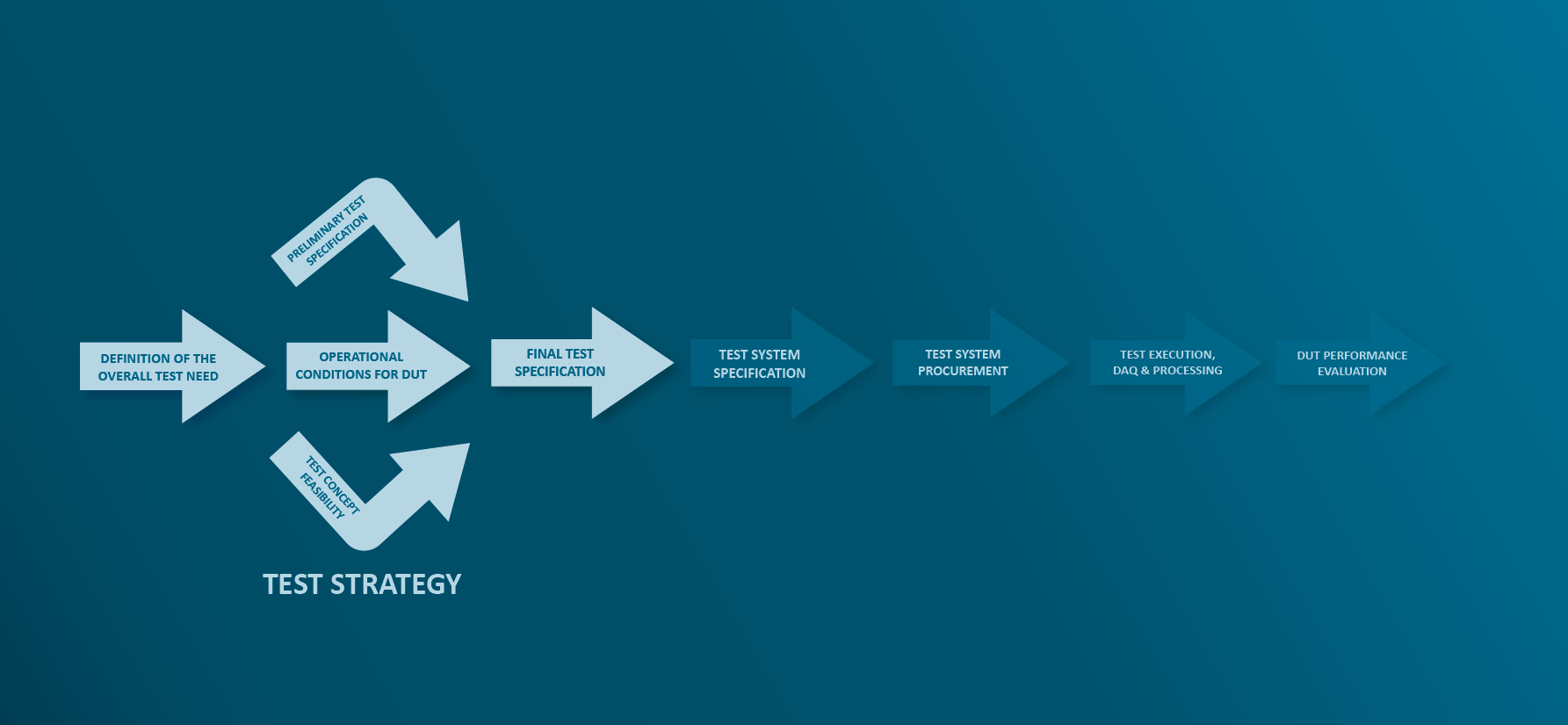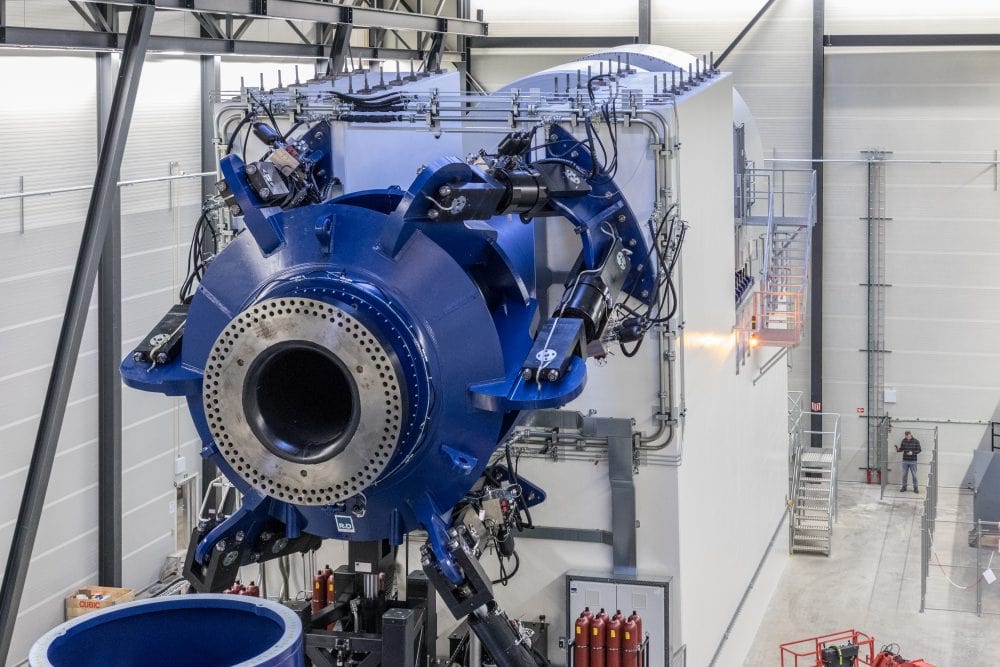
Insights
How do you define your test strategy?
The test strategy is important for achieving a successful test campaign with an optimal business case. It will provide you with a better match between the right type of test and the test execution.
This offers you an opportunity to improve the evaluation of the performance. Therefore, a focus on the test strategy will ensure that the test campaign creates the planned business value.
Various types of testing are performed to achieve different objectives when testing components or systems. In order to select a suitable type of test for your Device Under Test (DUT), while ensuring cost efficiency and feasibility, test requirements should be outlined before initiating the development process of the test facility.
The purpose of the test strategy is to define the overall framework of the entire process. How you define your test strategy is an important step, since future decisions and performance evaluations depend on the context of the strategy.
The test strategy ensures a good business case
A clearly defined test strategy will aid the execution of the test campaign and lead to fewer alterations of test specifications and related changes to the test facility. Eventually, the test strategy accelerates initiation of the test campaign and ensures an ideal business case. A test strategy can be defined by the following steps:
Test Strategy
Following the definition of the overall test need, execution of the test and the related conditions is an iterative process, which can be divided into three parallel phases: Preliminary test specifications, operational conditions for DUT and test concept feasibility.





